Since your dog joined the family, you’ve been dreaming of traveling together. But he HATES the car! If you can figure out why, he could be the perfect travel buddy after all.
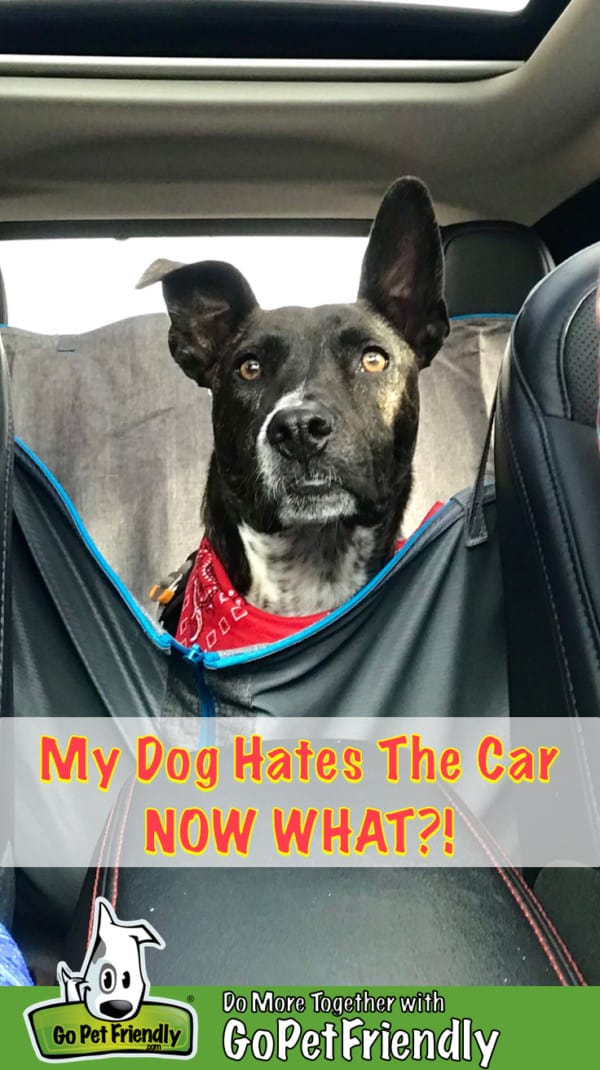
* This post contains affiliate links. Thank you! *
You’ve always wanted a furry travel companion. Hitting the road with your best friend by your side is your idea of the perfect vacation. And now you’ve got the perfect pup … except that your dog hates the car!
But there’s good news. If you can figure out the cause of your dog’s distress, you might be able to relieve his discomfort. And with some creativity and patience, he could still be the traveling dog of your dreams.
Why Your Dog Hates The Car
The first step to making rides enjoyable for you both is figuring out why your dog hates the car. There are a number of factors to consider, and it might require some trial and error to determine the source of your dog’s discomfort.
Physical Reaction
It’s possible that the motion of the car is causing your dog to feel physically ill. Even if he doesn’t drool or vomit, there’s still a chance he’s feeling nauseous and yucky.
READ MORE ⇒ Helping Dogs With Motion Sickness

Motion sickness comes with some pretty recognizable signs. If your dog is showing any of these symptoms during or immediately after a trip, he could be carsick:
- Diarrhea
- Excessive drooling
- Hunched back or other stiff body posture
- Lethargy
- Lips pulled back
- Pacing
- Panting
- Swallowing frequently
- Vomiting
- Whining
- Wide eyes
- Yawning or lip-licking
If you suspect your dog is suffering with motion sickness, it’s best to make an appointment with your vet. Talk about herbal supplements and pharmaceutical medications that can help your dog feel better in the car. Your veterinarian will recommend the best option for your dog and provide a prescription, if needed.
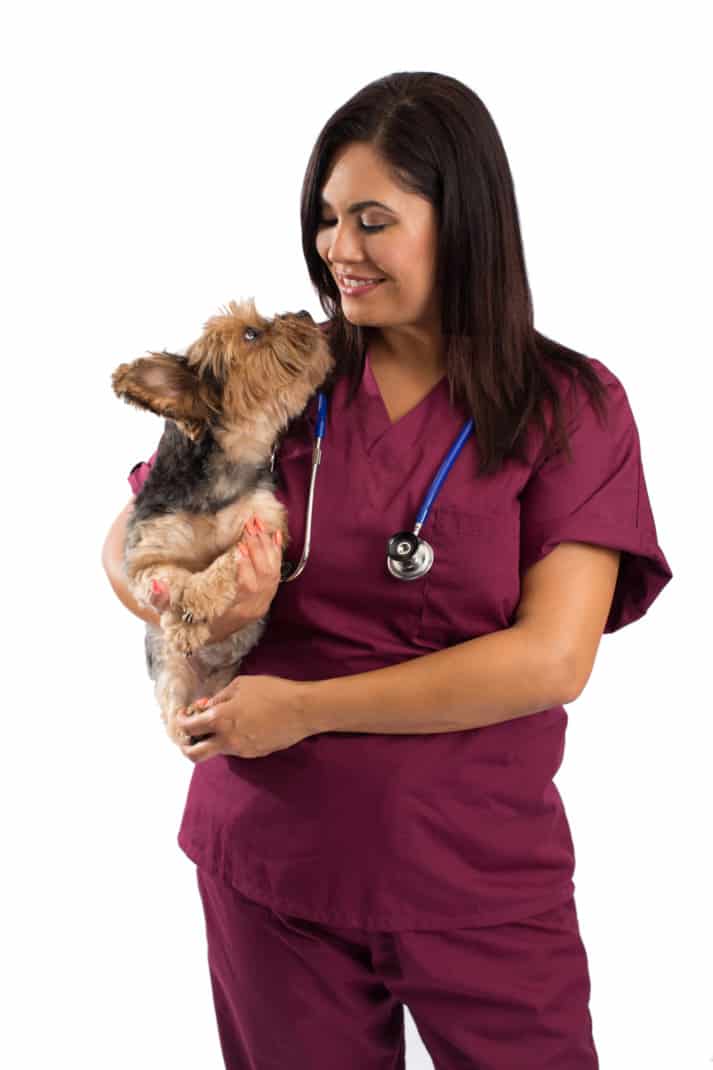
Overstimulation
It’s possible that overstimulation is the reason you dog hates the car. For some dogs, seeing oncoming traffic and passing scenery causes anxiety.
To check if overstimulation is distressing your dog, try having him ride in a secured, crash-tested kennel. Block his view by using window shades or by partially cover the kennel — just be sure to allow for ventilation.

If your dog doesn’t like kennels, buckle him into his crash-tested seatbelt harness in the backseat of the car and place a fitted sheet over the front and rear headrests. This creates a backseat “fort” that blocks his view out the windows.
If your dog is more content with either of these solutions, you’re well on your way to having a great travel buddy! Just keep him from focusing his attention out the windows while you’re driving.
Emotional Reaction
If your dog is adopted, it’s possible he had a bad experience in a car before he joined your family. Our German Shepherd, Buster, was always anxious in the car. I think it’s possible someone dumped him from a vehicle before he turned up on our doorstep. He never completely recovered, but we spent more than eleven years traveling together.

Traveling for some period of time with undiagnosed motion sickness could be another reason your dog hates the car. Basically, he’s learned that riding in a vehicle makes him feel awful. The only logical thing for a dog in that situation to do is avoid the car! Once he’s received treatment so he’s not getting carsick anymore, you’ll have to work together to overcome any travel anxiety he might be feeling.
Unexplained Anxiety
Sometimes, despite your best efforts, it’s not clear why your dog hates the car. This is what we found with our dog, Myles. As a puppy he rode in the car beautifully. But as he got older, he started to whine, yip, and act unsettled in the car. Given how much we travel, it was a real concern!
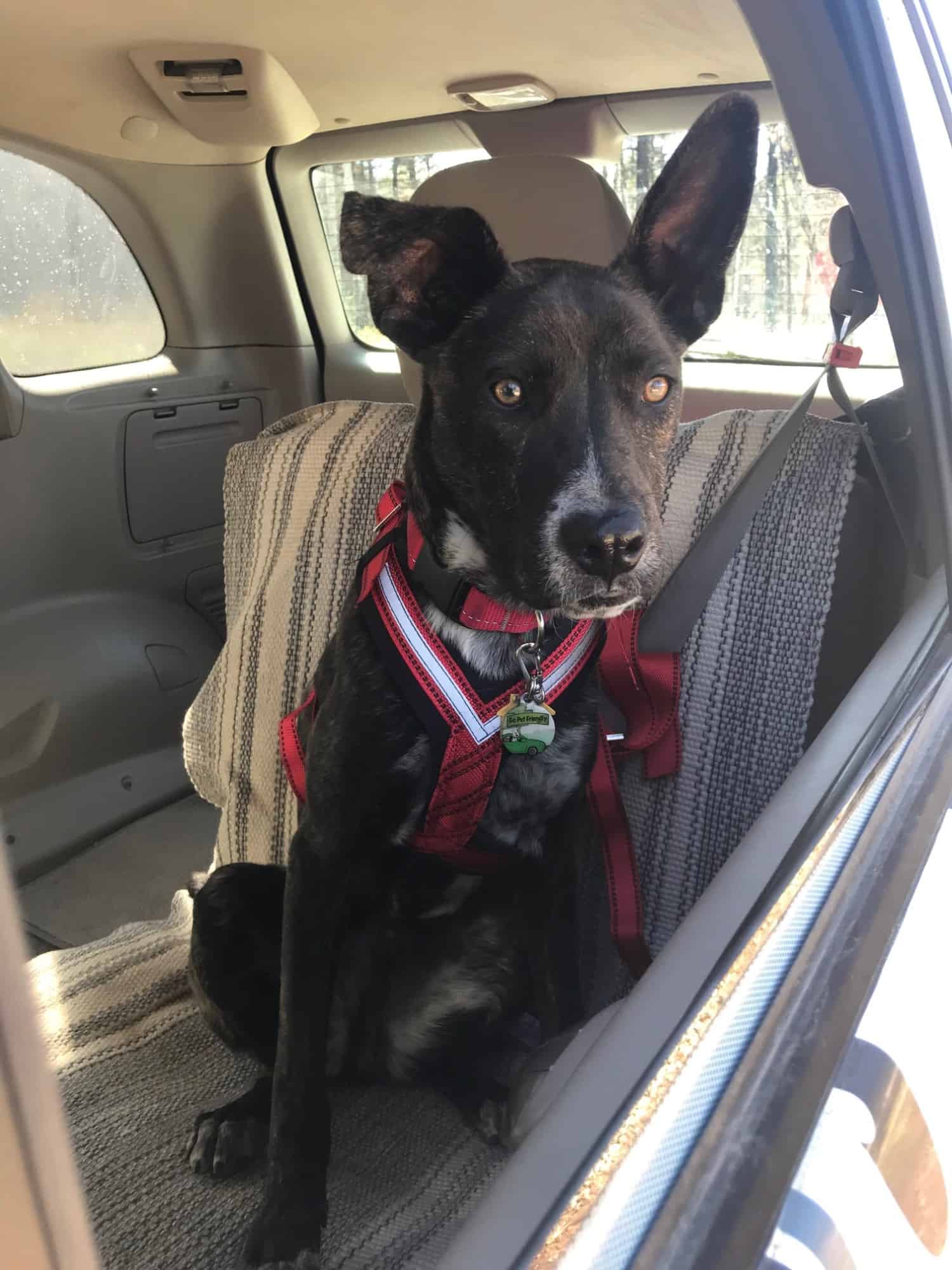
We tried all kinds of things to make Myles more comfortable. Using a fitted sheet to block his view out the windows didn’t help. Trying different crash-tested seatbelt harnesses didn’t help. Putting him in a crash-tested kennel to give him more security didn’t help. Moving him to the cargo area of the car didn’t help. Putting a comfy bed on his seat to curl up in didn’t help. Moving the bed off the seat and onto the floor to limit his view out the windows helped a little.
Ultimately, we discovered that a dog hammock seat cover worked best for our little prince. With his bed on top for extra comfort, of course.
Since we got the hammock, Myles hasn’t made a peep in the car! Sometimes you just have to keep trying things until you find what works. If you’re not having any success, talk to your veterinarian about medications that can help your dog’s travel anxiety.
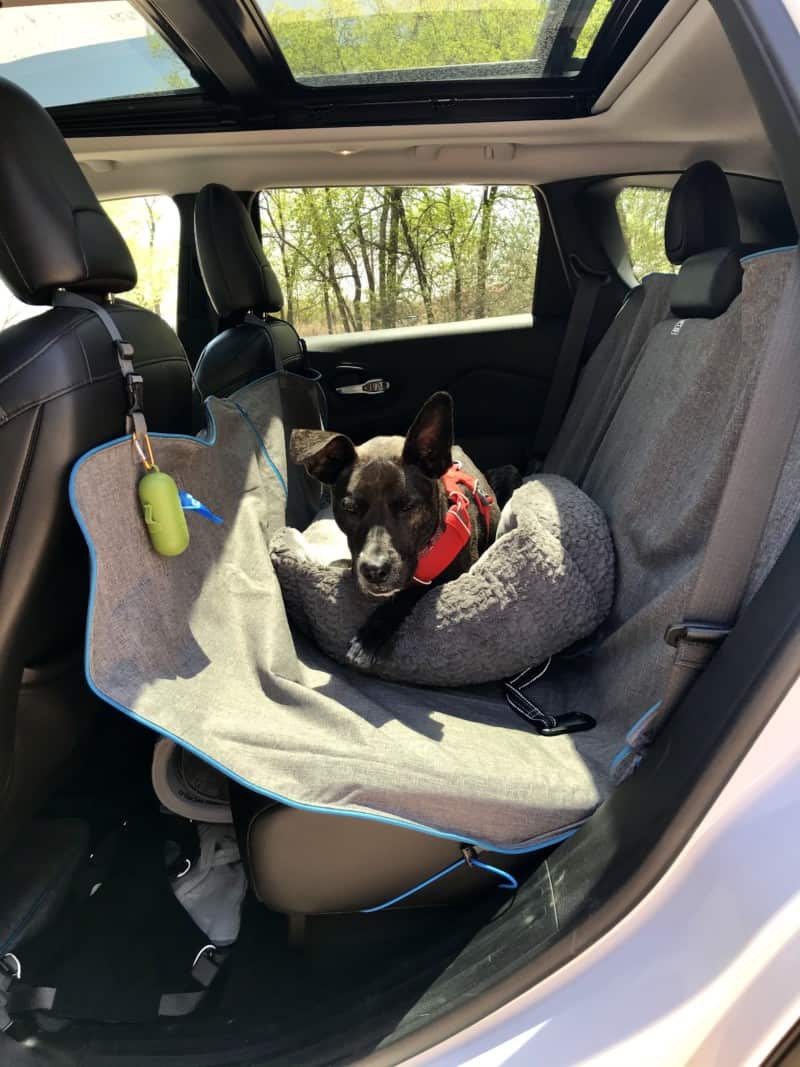
How To Overcome A Dog’s Travel Anxiety
After a bad experience in the car, your dog could be feeling anxiety, fear, or both. Helping him recover takes patience. It’s your job to teach him that the car is a happy place where good things happen!
Every dog is different, but in most cases, retraining a dog to like the car is a slow process. Think in baby steps. You might need to start with simply walking your dog past the car while it’s parked.
Once he can do that, ask him to hop inside. Let him “find” a tasty treat, and then ask him to hop back out again. It’s best to let your dog choose to get in the car himself, unless he’s too small to make it on his own. This might be challenging for your dog! Be willing to break out some extra-special treats if he’s hesitant.
READ MORE ⇒ Training Your Dog To Travel
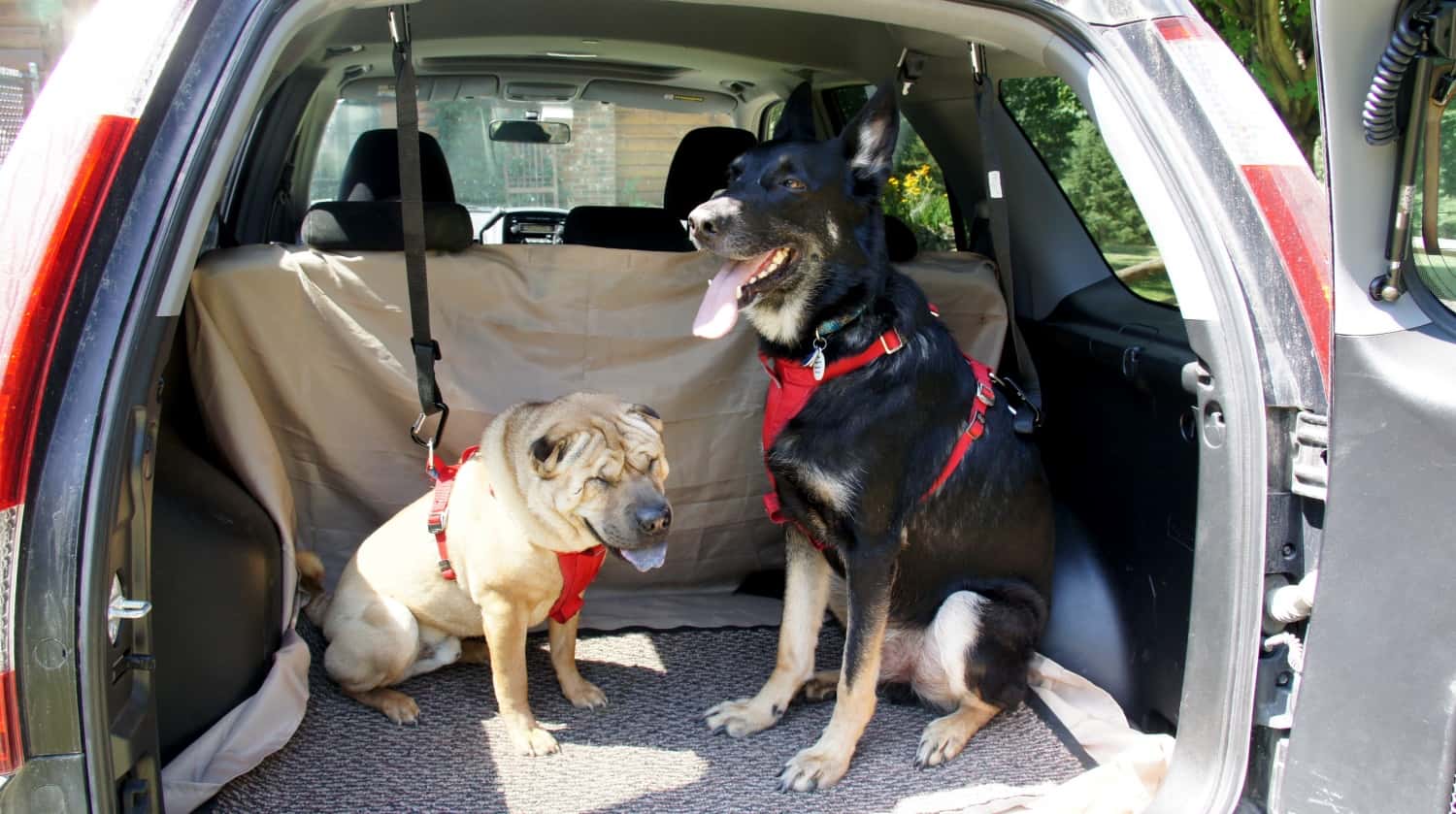
Once he’s hopping in and out on his own (or with a boost from you), start feeding him his meals in the car. If the weather is nice, give him a chew toy and let him hang out in the car for short periods of time. Once he’s relaxed inside a parked car, you can move to the next step.
Begin by adding his crash-tested seatbelt harnesses. Putting his harness on could trigger your dog’s anxiety or fear. If he has a setback, go to the previous step and progress more slowly. For example, let him wear his car harness around the house for a few days to get used to it.
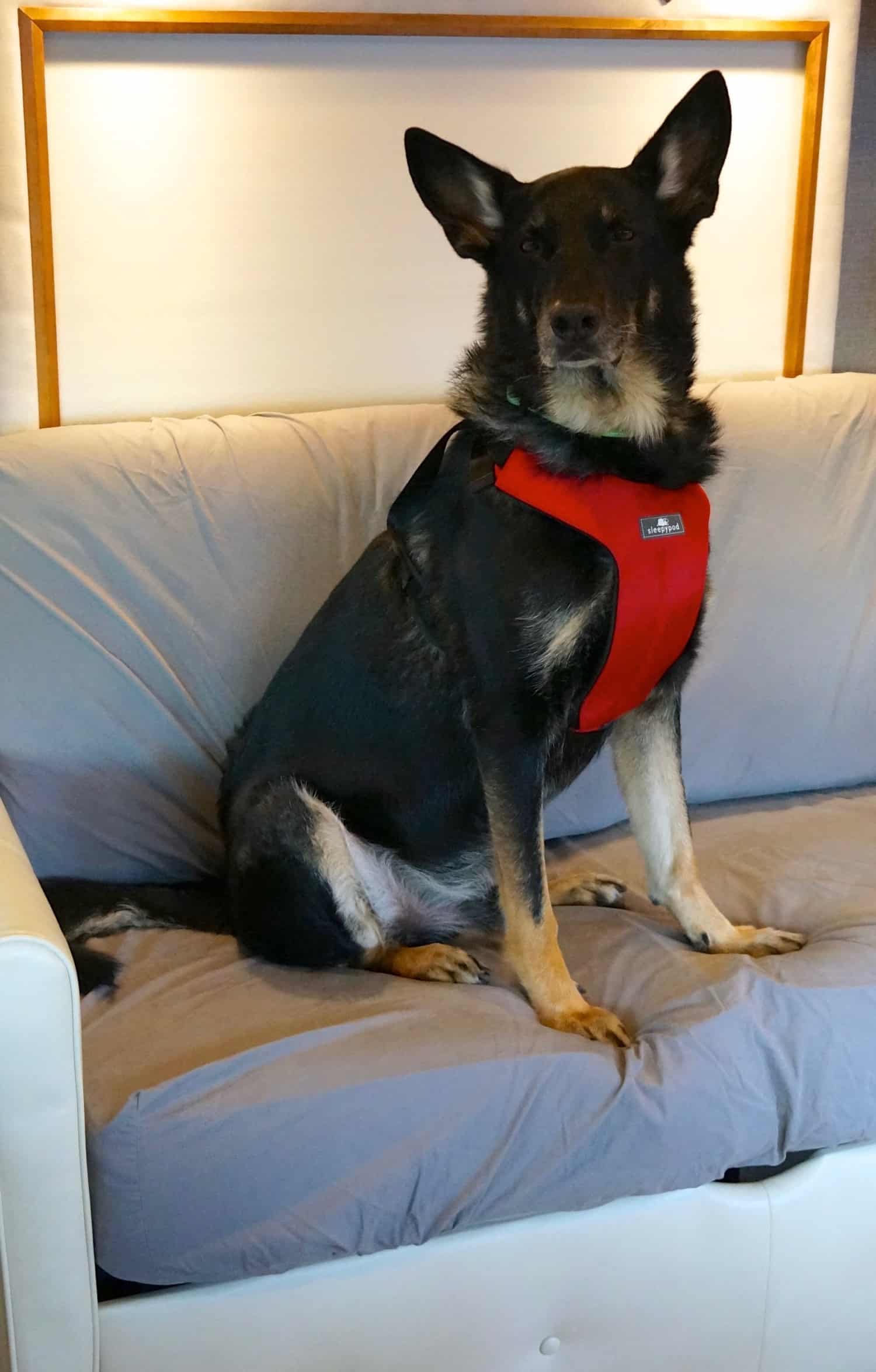
When he’s relaxed in his harness with the car not moving, try starting the engine. If that goes well, take a quick trip around the block. Watch his body language carefully for signs of tension or distress. When he’s ready for a little longer trip, drive to the dog park or local pet store.
Your first trips should only be to places your dog enjoys. Remember, you’re trying to build positive associations with car rides. Slowly lengthen your trips until your dog is feeling comfortable and relaxed no matter how far you go. Then it’s time to start planning a road trip together!
READ MORE ⇒ The Ultimate Pet Friendly American Road Trip

It might take some tenacity to help your dog stop hating the car. But you’re going to be together for a lifetime, and there’s so much to see with your travel buddy! The payoff is definitely worth the effort.
Amazon Affiliate Disclosure: GoPetFriendly.com LLC is a participant in the Amazon Services LLC Associates Program, an affiliate advertising program designed to provide a means for website owners to earn advertising fees by advertising and linking to amazon.com, audible.com, and any other website that may be affiliated with Amazon Service LLC Associates Program. As an Amazon Associate, the owner of this site earns a commission from qualifying purchases.
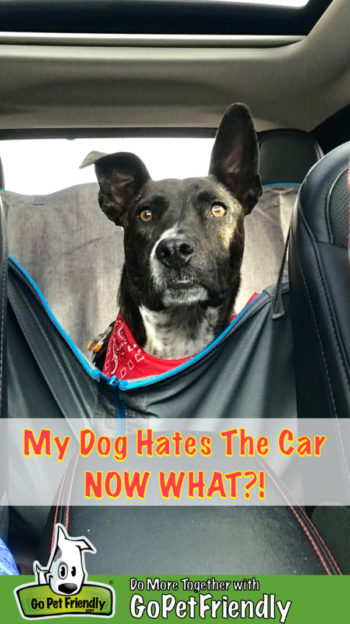
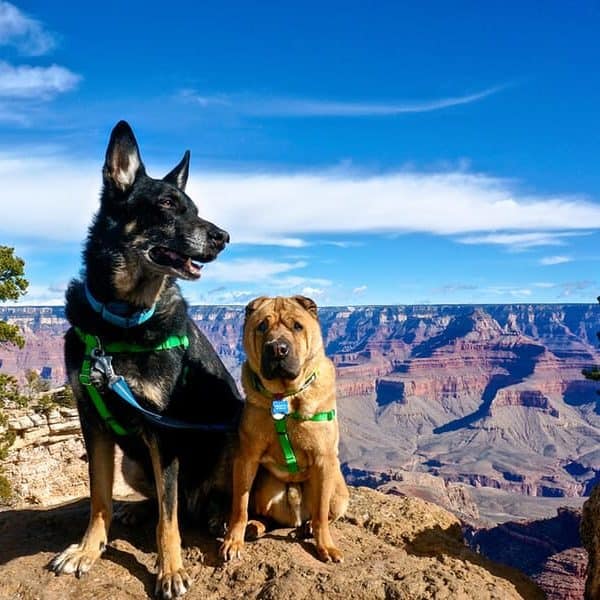
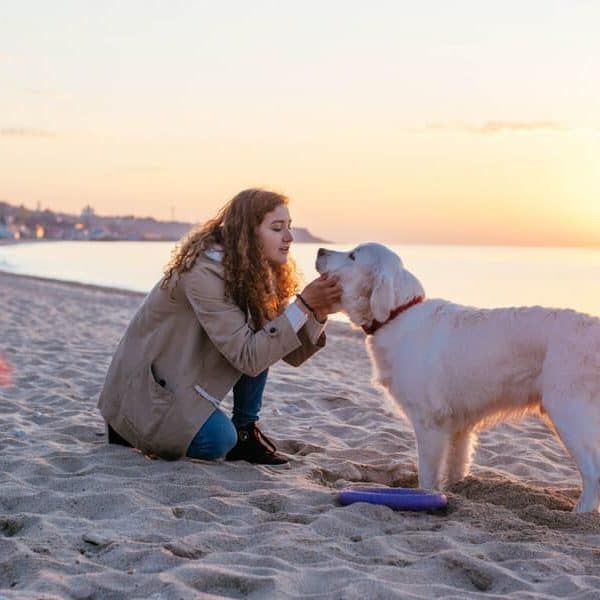
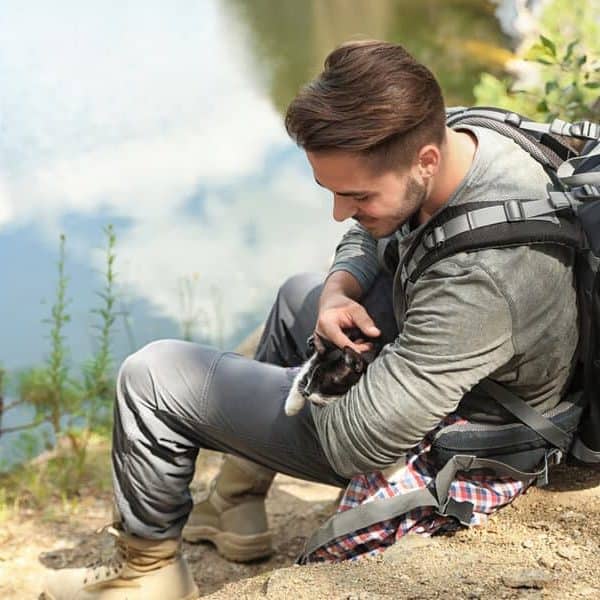
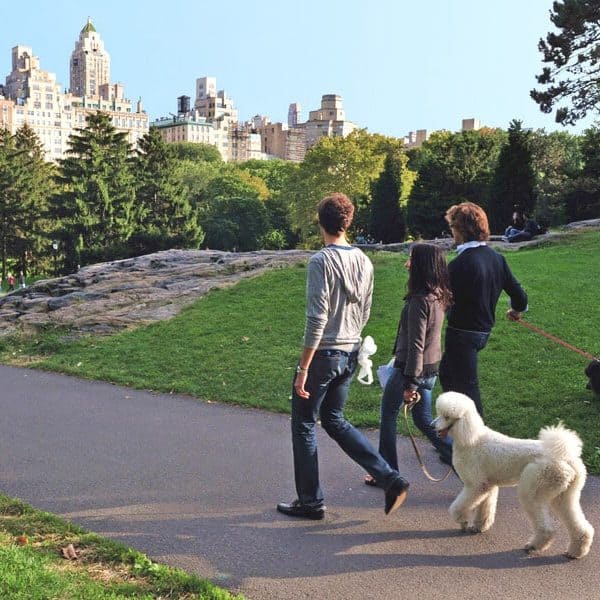
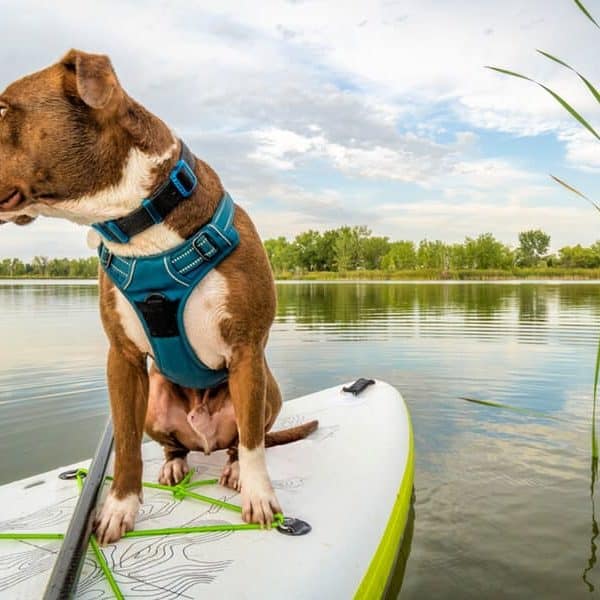
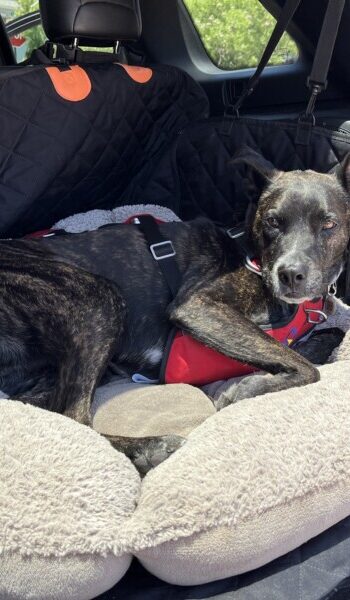




My 3yr old chihuahua hates the car. She barks and whines throughout the short journeys and the barking accelerates the further we go. I’ve tried holding her in my arms but she doesn’t stop I’ve tried a secured hammock with harness but that doesn’t work either. I don’t know what to do as she’s making the journeys unbearable.
Hi Lynn! I’m sorry to hear that your little one isn’t a fan of the car. However, because she is so small, perhaps she’d ride more comfortably in a carrier? My recommendation would be to introduce her to the carrier slowly in the house. Just put it on the floor where she can access it, and then throw a treat in whenever you walk by for her to find on her next inspection. Once she starts to associate the carrier with good things, you could try feeding her in it. Once she’s comfortable with that, try taking her for a very short drive in the car. Perhaps being in an enclosed carrier, which would block her view out the windows, will help her feel safer. To get you started, here’s a link to our post about crash-tested carrier for small dogs >> https://www.gopetfriendly.com/blog/crash-tested-crates-and-carriers/
I rescued my pup so she associates any car ride with her not coming back with me. I hate putting her through it so I never do unless I have to, like groomers and vets. Thank you for pointing out the emotional response in your article!
You’re so welcome, Stacie! In time, you might want to try taking your dog on short drives to places she’ll love, like a local park or hiking trail. Dogs can overcome an emotional response to the car, it just takes time and patience. Happy travels to you both!
Very good article, thank you for sharing important information!
We have the same problem and the hammock seems to help but I also close the shades on the top bc sun is always reflected. He loves to go for rides bc he’s associated w the dog park. But after he’s never relaxed and sat/lay down. We are still trying though. I really don’t want to give him meds as the vet suggested at this point. Thank you!
I hear you, Cynthia! If we can rule out motion sickness, I’m convinced that there is a perfect combination to make every dog comfortable. Some want to see out the windows, some can’t stand it. Some like sheepskin covers on the seats, some prefer to be in a crate. Some want a Jeep rather than a Toyota! ;-D I think if we just keep trying, we can figure it out and make every dog happy in the car.
Fortunately, our dogs have all loved the car (well, except for one). Your article is well done (as always!) and has lots of good ideas aimed at people who like to take their dogs everywhere. I’d like to suggest a bit more emphasis on the sentence where you mention taking the dog on short trips to places he enjoys? Great thought! I’m thinking of the folks who are busy working, raising a family etc and the dog may not get to go too many places. Perhaps the only place he rides is to the vet. Hopefully a trip to the park now and then might break that up and make things easier for everyone. Thanks, as always for your informative and helpful articles!!
Thanks for your note, Betsy! I agree – short trips to fun places are often overlooked. Myles would like to suggest that humans take their dogs for ice cream more often! =D